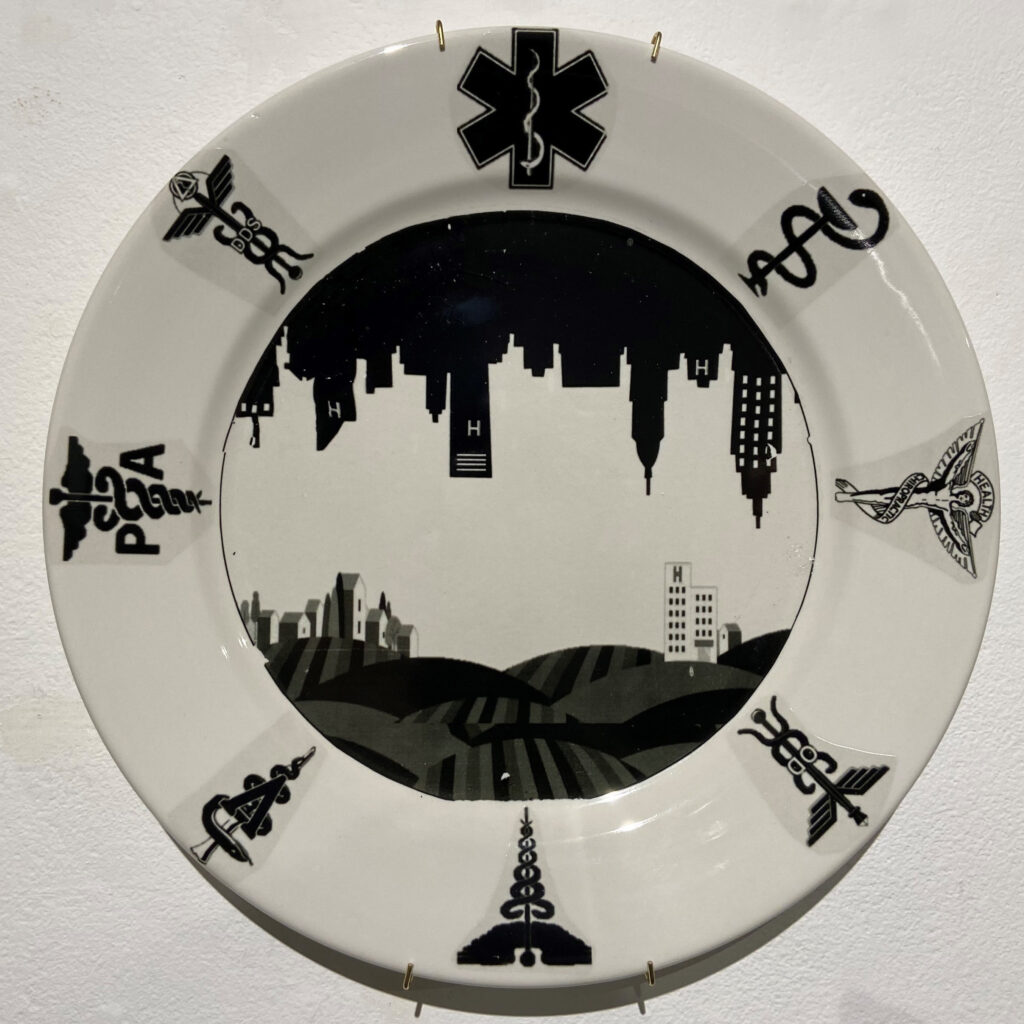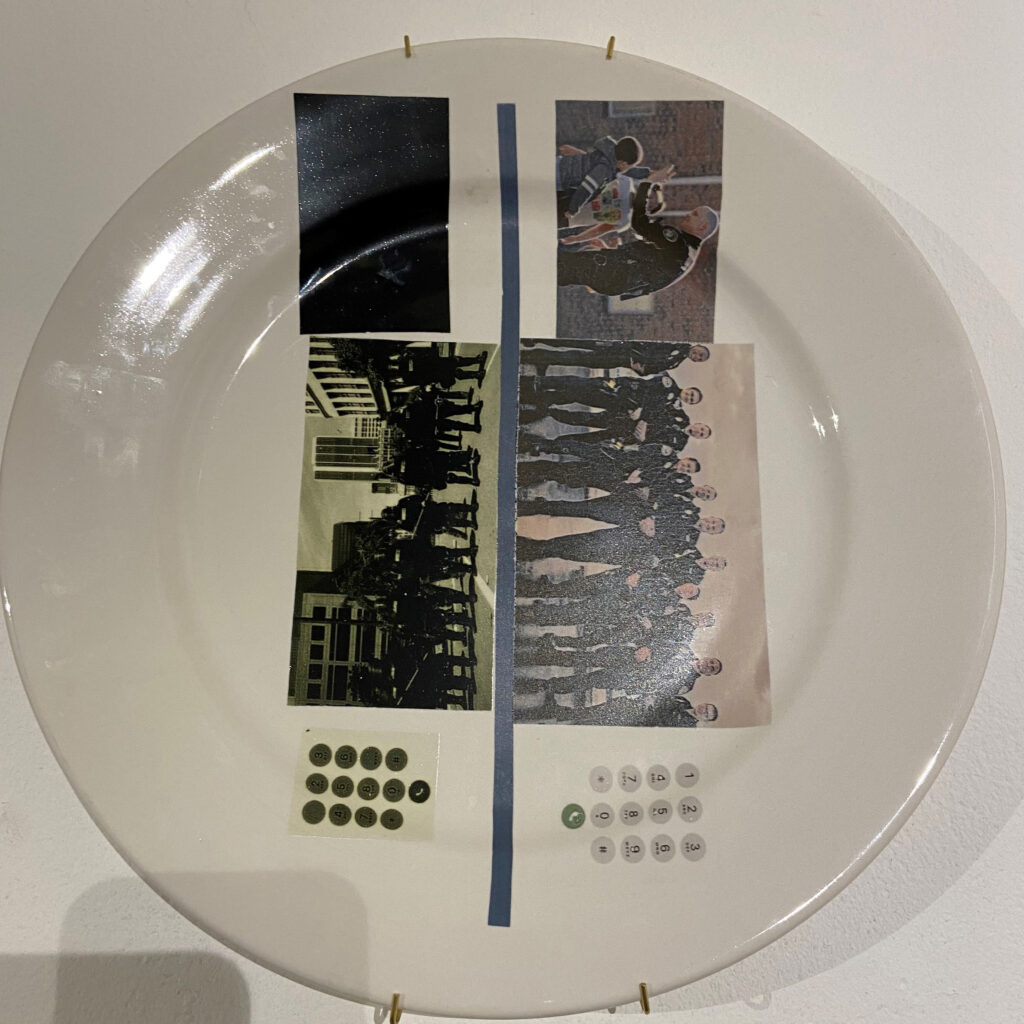The walls of the Kansas State University Ceramics Program gallery were filled with nearly 70 bulk ceramic plates turned into commemorative artistic statements about social justice. Viewpoints ranged from the right to the left and everywhere in between politically. And most of them were created using a CerPrint ceramic decal printer.
It is amazing because our students talked about issues with each other instead of going into their personal echo-chambers. Some took direct expressive approaches where their stance on the issue was clear while others were subtle–highlighting the issue without making a direct statement.

When I came to KSU, we purchased a CerPrint black decal printer. It offers new options at an exceptionally decent price.
Historically it’s been difficult for ceramics students and artists to use patterns, text or photo realistic imagery. Our CerPrint printer has been a game changer. Students are challenged to use patterns, images and text in their photography, painting and graphic design courses. With CerPrint, we challenge ceramic students to be more expressive about their conceptual ideas or more innovative in their surface designs for functional or decorative ceramics.
CerPrint’s accessible price allows us to incorporate text, patterns and photos early in the program. Ceramic artists have added patterns for centuries by hand or using screen printing and we still teach those techniques in the advanced classes. The difference is now students are working with decals during the first week of class in ceramics one. It’s rewarding to give beginning students foundational experiences with a technique that used to be reserved only for advanced classes.

For the social justice assignment, some students cut out patterns or text from the fluxed CerPrint paper resulting in a really subtle message. Others cut out photos of comics, scanned them and used the flux paper halo as an expressive element instead of hiding it. It was innovative and exciting.
We are all eagerly awaiting our CerPrint blue cartridge. Historically blue and white ceramics came through early trade routes between Asia, the middle east and then Europe. It will bring another layer of content that students can choose, and I’m excited to see what they do.
Up next: Shay Kister, KSU grad student, shares her process and how CerPrint fits into her creative tool box.
About the Author
Nick Geankoplis brings both his experiences as a western and eastern ceramic educator and a passion decals to his work as assistant professor and Ceramics Program Head at Kansas State University. His background is in western studio pottery. While earning an MFA at Alfred University he specialized in interdisciplinary, contemporary ceramics. His installations incorporated ceramics, time-based sculpture, print and video. Today he’s using large handmade tiles from China for traditional overglaze painting. He collages factory-made tableware or hobby craft industry decals.
Nick moved to Beijing, China after grad shool where he taught ceramics design for industry at the Central Academy of Fine Art. “I went down the rabbit hole of China’s contemporary industrial ceramic practices,” he says. Nick taught niche market, content laden design work. His students designed for higher end markets creating thier work by hand as well as working in small factories.

